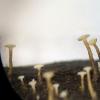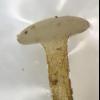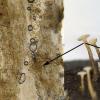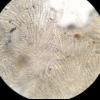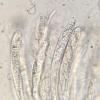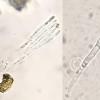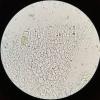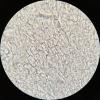
14-11-2025 16:26
 Marian Jagers
Marian Jagers
Hello everyone, On dead wood of Cytisus scoparius

17-11-2025 21:46
Philippe PELLICIERBonjour,Récolté sur bois pourrissant de feuillu

20-11-2025 14:14
Mick PeerdemanFound on the leaves of 'Juglans regia' in the Neth

20-11-2025 13:07
Mick PeerdemanIn January i found these black markings on the dea

20-11-2025 12:38
Mick PeerdemanDear all,Last week i stumbled upon a leaf of ilex

19-11-2025 23:21
 carl van den broeck
carl van den broeck
Dear guestIn Waardamme, Belgium, I found dozens of

19-11-2025 20:51
 Andreas Millinger
Andreas Millinger
Good evening,found this species on a felled trunk

19-11-2025 13:04
 Bruno Coué
Bruno Coué
Bonjour,je sollicite votre avis pour la récote
Here is what I believe to be a Hymenoscyphus growing on very wet wood which was lying in mud and water in a New York park. They have a long stipe and convex hymenium. Trees nearby included Fagus, Quercus, Tsuga. My hunch is that the wood is hardwood.
Asci are IKI+ with croziers, 101-108 x 11.4-12.7µm.
Spores are fusiform, rounded at the ends with multiple guttules, occasionally 1-septate, 14.1-21.6 x 4.1-6.3µm.
Paraphyses branch, with oil content (I think).
The stipe excipulum is textura prismatica, and there is brown pigment among the cells. The medulliary excipulum is textura angularis verging on textura globulosa.
Long ago on this forum I posted something similar (but with a shorter stipe) which Zotto suggested might be Hymenoscyphus varicosporoides. Could this be that as well?
Thanks in advance,
Ethan




